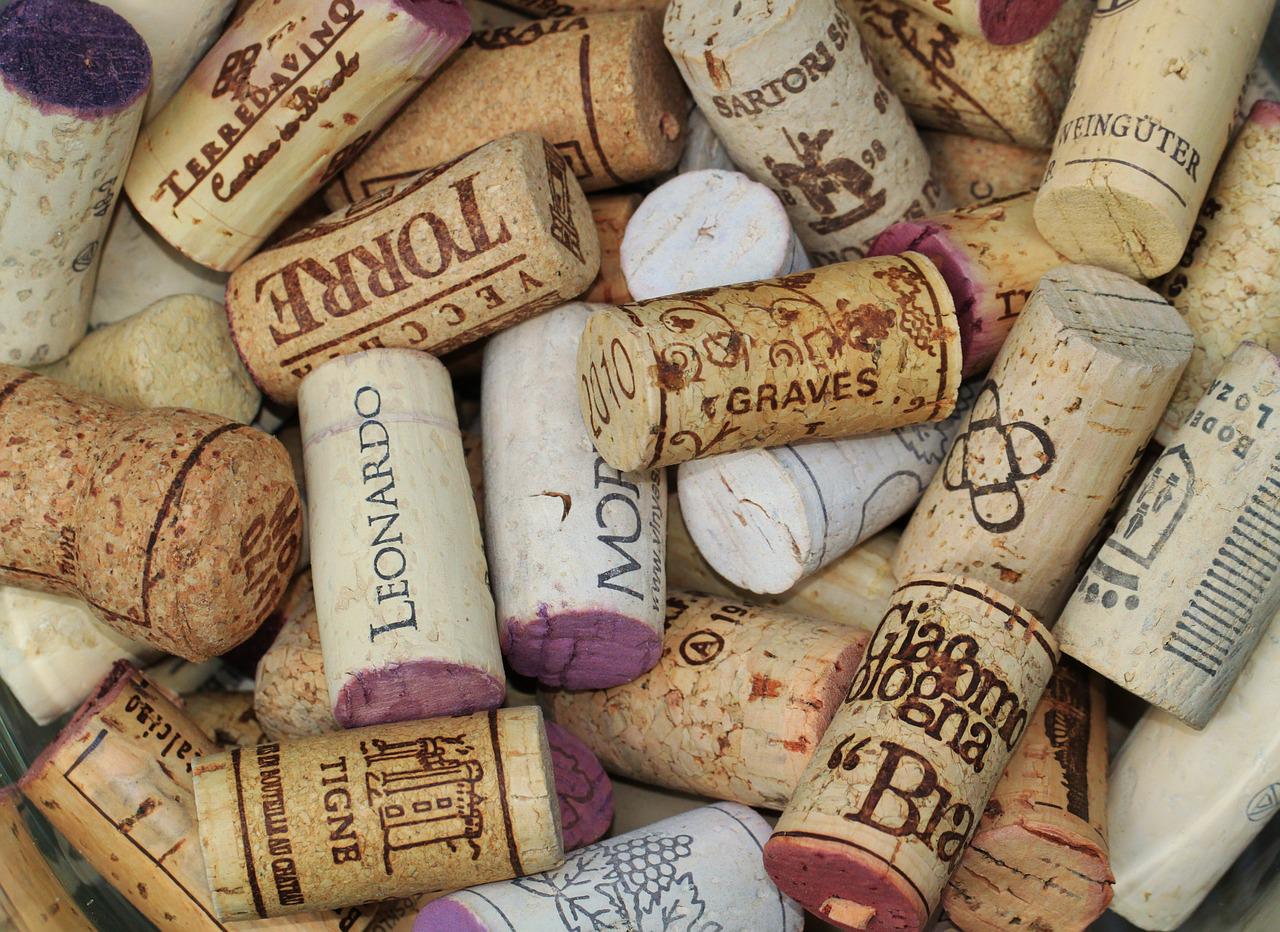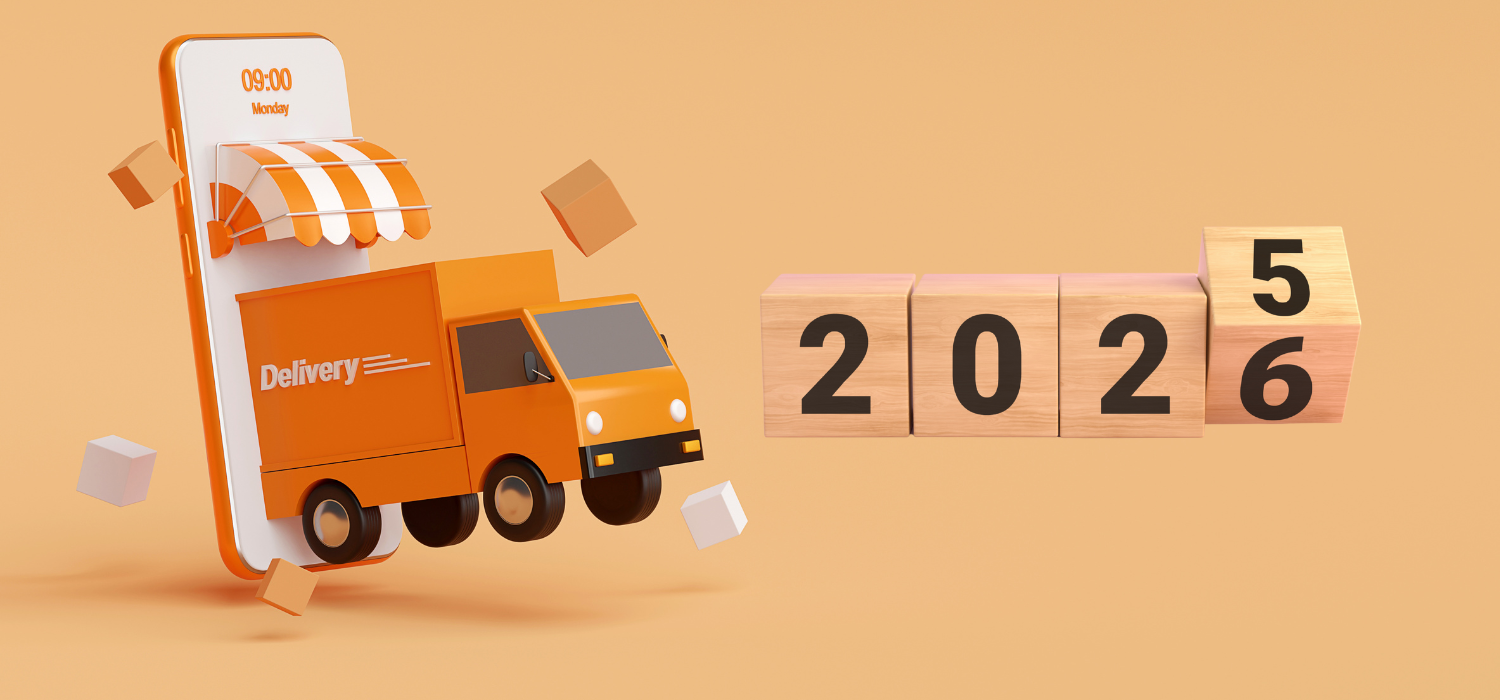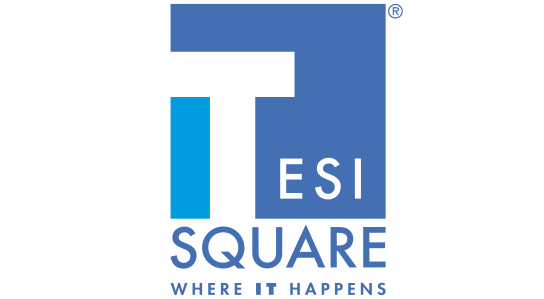In our last article dedicated to eCommerce B2c in 2022 in Italy, Valentina Pontiggia, director of the Politecnico di Milano’s eCommerce B2c Observatory, explained that “the most dynamic sectors in the near future will also be the most immature ones, including Food & Grocery for which a growth rate of +17% is expected”.
Demonstrating this trend is the wine commerce sector in particular, whose sales through eCommerce platforms have already recorded double-digit growth rates during the pandemic, making it one of the most dynamic and promising areas for the near future.
The boom during the pandemic
According to a study carried out by Nomisma – Wine Monitor, more than 8 million Italian consumers chose to buy wine online during the lockdown and in the months immediately following, with a penetration rate of 27% compared to 17% recorded the previous year.
The overall turnover of Italian wine eCommerce has thus risen from less than 100 million euros in 2019, to a total of around 260 million in 2021.
Accomplice to this success would also seem to be the increasingly widespread trend of requesting the delivery of consumer products quickly. This is in fact the so-called quick-commerce.
The most promising realities
Brand that have invested the most in this sales model based on a rapid response to customer needs are Winelivery¸ an app for the delivery of alcohol and soft drinks directly to the customer’s home in less than 30 minutes and now present in more than 70 cities; Bibo, a digital wine cellar that recently announced the launch of its service in Rome and Milan; but also Tannico, Signorvino and Vino.com.
A comparison with other countries
Italy is still far behind other countries in terms of wine eCommerce. Excluding countries such as the United Kingdom, the USA and China, where the percentages reach 30% and 20% respectively, the global average of online wine sales is around 10%, while Italy, even though wine represents one of the Made in Italy products par excellence, is still stuck at 3.5%, despite the fact that until 2020 the percentage was just 1%.
The average consumer
According to the analysis conducted by Nomisma’s Wine Monitor on a sample of 100 thousand online wine buyers, the ‘typical’ consumer belongs to the category of ‘mature consumers’, those who fall into the so-called Generation X (born between 1965 and 1979 – 46% of purchases), followed by the ‘Baby Boomers’ (30% of purchases) and, finally, the Millennials (23%). Still to be conquered, however, is the so-called ‘Generation Z’ which has a strong influence on the near future trends of the eCommerce market.
Transport modes
Another issue closely linked to that of wine commerce is also that of the correct mode of transport for bottles of wine sold online. In order to guarantee the correct preservation of organoleptic characteristics and avoid possible alterations, the Interdisciplinary Food and Drug Transport Observatory (OITAf) drew up in July 2021 a vedemecum for the correct transport, storage and packaging of Italian wine and oil, products that are very sensitive to environmental stress related to transport conditions (temperature, light and vibrations) and handling during the logistics chain, both for national and international shipments.
According to the guidelines drawn up by the Technical Table of experts in the sector, the unique characteristics of these products, protagonists of Italian food products, must be protected with temperature-controlled transport. This solution therefore does not exclude the possibility of also using temperature-controlled Lockers and Pick-up Points for the delivery of orders placed online, thus guaranteeing a practical and environmentally sustainable service.
If you are an eCommerce operator and would like to integrate your Network of Pick-up Points, contact us to find out how we can help you.













